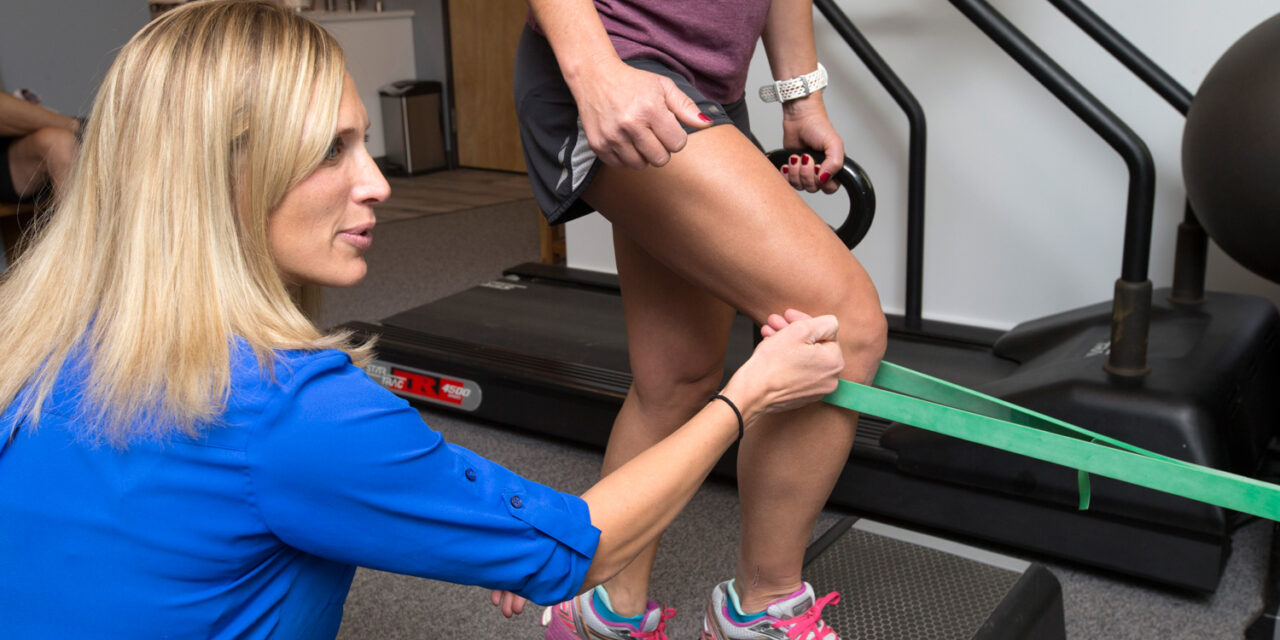Patellar tendinopathy is a painful condition along the tendon below the knee cap commonly diagnosed in jumping or bounding athletes. In our Boulder Physical Therapy and Lafayette Physical Therapy clinics we often encounter this diagnosis among patients who did too much too soon or too little for too long. Tendons require consistent loading through exercise...
As climbers, we know that finger strength and endurance are key factors in our performance on the wall. That’s why it’s essential to stay informed about the latest research on the finger pulley system—the intricate network of tendons and ligaments that support our finger joints. In this article, we will explore the findings of a...
Time is one of the finite resources in life and is reported as the main barrier by individuals who do not reach the national guidelines for exercise minutes each week. Each portion of a weekly exercise program should be evaluated for both health and fitness, as well as, injury prevention benefits. Static stretching consistently...
What Is The Best Way To Treat A Hamstring Injury?
February 23, 2022
Hamstring injuries, strains, are one of the most common injuries in the lower extremity. These muscles cross both the hip and knee joint making them susceptible to strains during high speed movements such as sprinting, jumping, cutting, and kicking. Of the three hamstring muscles, the biceps femoris is the most commonly injured among athletes. Authors...
Using Eccentric Overload To Improve Your Strength Gains
November 23, 2019
In a strength training exercises two main phases of the lift are experienced by the participant. The first is the concentric contraction involving a shortening of the muscle under load as the weight is moved to the end of the movement. The second or eccentric contraction involves the lengthening of the muscle under load as...
How Much Weight Is Needed To Treat My Achilles Tendon Injury?
September 24, 2019
Achilles tendinopathy is the most common tendon injuries seen in our Boulder Physical Therapy practice. Patients often present with pain along the mid portion of the achilles tendon during walking, hiking, running, or jumping activities. The greatest risk factors for this condition include a loss of ankle flexibility (dorsiflexion) and calf weakness. Both of these...
Mobility exercises designed to improve range of motion within an affected joint or tissue are a valuable part of any rehabilitation program. Previously clinicians prescribed various bouts (3 x 30 seconds) of static stretching in an attempt to lengthen short muscles. Current research has shown these prescriptions are ineffective at changing muscle length and instead...
Photo Credit: Scott, A. CMAJ. 2011. Mead, M. Transl Sports Med. 2018. Tendon injuries have previously been diagnosed as tendonitis and were believed to be marked by an inflammatory process in the tissue. Our current knowledge on these injuries has been improved by a better understanding of the disease process behind tendon pain. Current research...
It seems there is not much eccentric exercises cannot do between healing injured tissue, improving mobility and strength, and now possibly contributing to muscle size. We have long known muscles gain the majority of their strength after training because of the eccentric or lowering portion of any lift. Athletes who skip or speed through this...
Eccentric training involves a focused, slow muscle contraction in which the muscle lengthens. For example, as you lower a weight from a bicep curl towards the floor the muscle simultaneously contracts and lengthens. Eccentric contractions have been discussed in this blog for their ability to heal injured tendons, restore flexibility, and strengthen weakened muscles. New...

